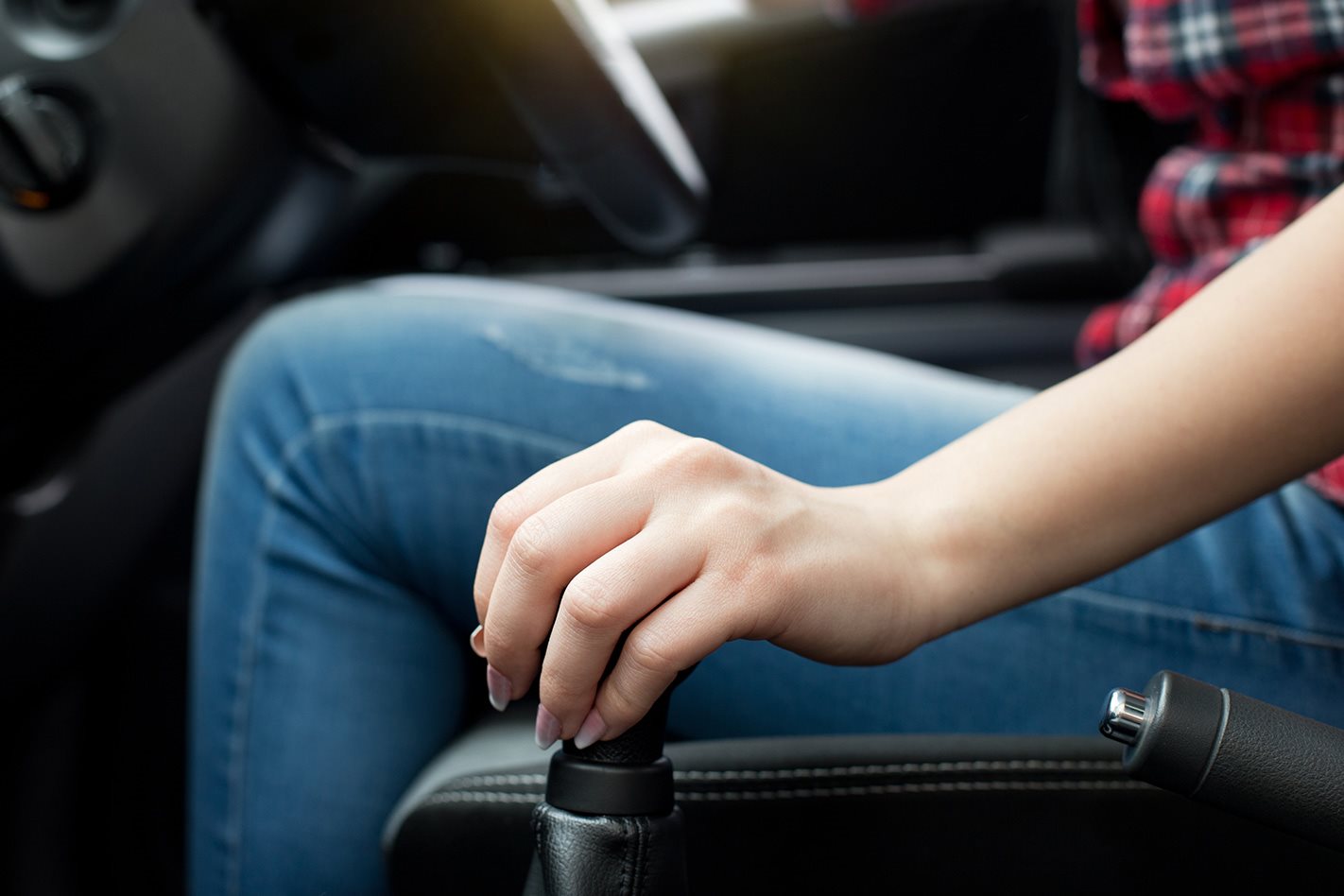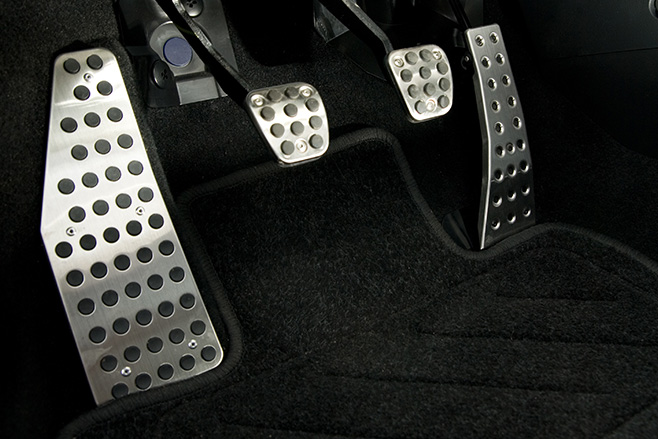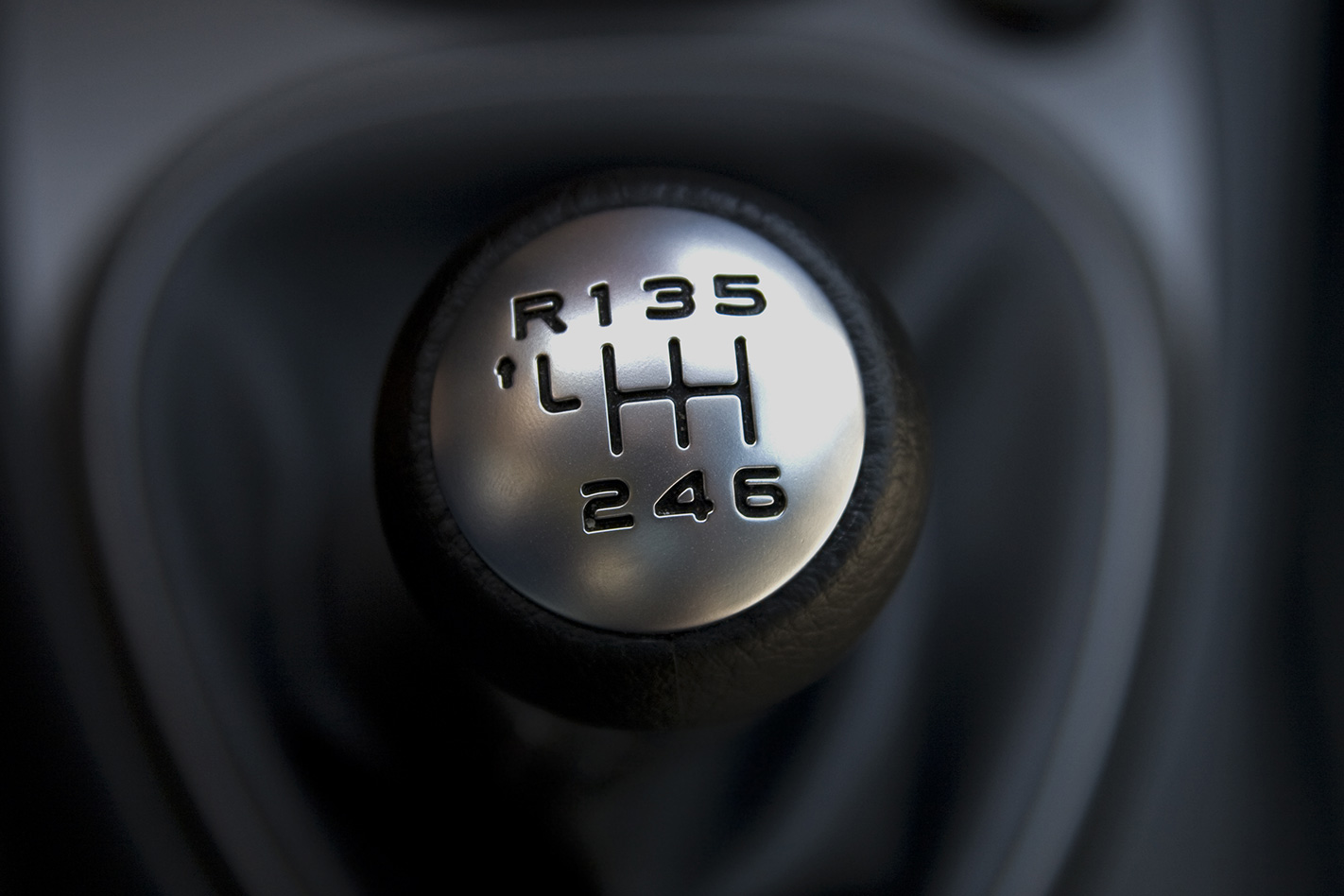
People who drive manuals are more in touch with their cars than those who drive auto-only. Driving a manual car forces you to engage with the car in ways an auto doesn’t. Slipping the clutch just enough, the snick of changing gears properly, always thinking in the back of your mind which cog is needed next. And perpetually engaged by the challenge of driving a manual smoothly.
Participation is significantly more optional while driving auto. Put the car in gear, accelerate, brake. The mind is free to wander. And here lies a problem.
Unless you’re a skydiving instructor, high-rise window cleaner or parking fine issuer, the most dangerous thing you’ll do on a daily basis is operate a car. You’re in control of a near two-tonne projectile of metal, glass and rubber, negotiating a hive of other road users just like you – and in turn, error-prone. A distracted mind behind the wheel is a deadly one.

Teach your learner to drive a manual and you’ll be drilling into them a higher base level of concentration. And perhaps even an appreciation for the joy of operating a car itself. With enjoyment comes a willingness to engage.
And if your learner decides to drive an auto afterwards, the focus they may’ve put into changing gears could redirect to the road ahead. In theory. But they generally should pay more attention.
Now, as the editor of Australia’s leading performance car magazine and a voice for car enthusiasts across the nation, I might be a biased champion of the manual, but I’m certainly not just saying this to toe some cultural line. I’ve plenty of experience on the frontlines of learner drivers and I know this’d help.
But I do know this advice isn’t entirely practical. The minority of us would have access to a manual car for a learner. (An alarming number of learners have access to neither manual nor auto.)

Even less practical, or likely, but should you have access to both, it’s a blessing. And the advice we’d give is, start your learner on the auto until about 40 hours’ experience and then, if you’re both reasonably ready, make the transition to manual.
Experience suggests there’s also such a thing as waiting too long to make the transition, learners becoming too comfortable with automatic and the switch to manual becomes a gulf too big to bridge.
And if it’s manual only from the beginning, there might be tears and tantrums as countless hours (and clutches) are spent in car parks and industrial estates, but if your learner is dedicated enough they’ll emerge with a manual licence – and be a better driver from the get-go, engaged with and attending to the dangerous business of operating a car.
When much of one’s time on the roads is simply avoiding obstacles and preparing for the unexpected, alertness is a commodity in increasingly short supply.
Looking to find the right car for a new driver? We have you covered with the most popular cars for teens and the safest cars for teens.
Dylan Campbell is the editor of MOTOR Magazine.



